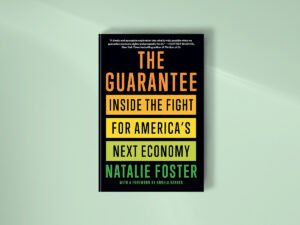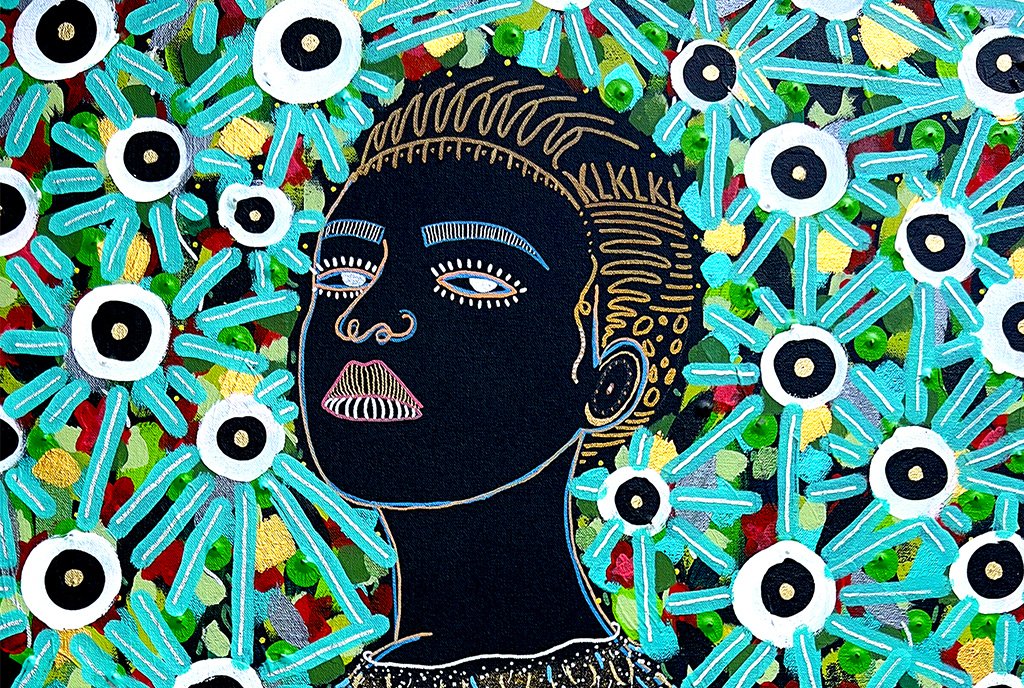
The global spread of the novel coronavirus is routinely referred to as a pandemic. Often, observers will note that the world faces twin pandemics of racism and COVID-19. But what if the word “pandemic” simply does not fully capture the logic of our current global predicament?
Last September, writing in the British medical journal The Lancet, editor in chief Richard Horton contended that the appropriate word was “syndemic,” not pandemic— “a set of linked health problems involving two or more afflictions, interacting synergistically, and contributing to excess burden of disease in a population.”
As Horton put it, “COVID-19 is not a pandemic. It is a syndemic. The syndemic nature of the threat we face means that a more nuanced approach is needed if we are to protect the health of our communities.”
Horton added,
The most important consequence of seeing COVID-19 as a syndemic is to underline its social origins.… The economic crisis that is advancing towards us will not be solved by a drug or a vaccine. Nothing less than national revival is needed. Approaching COVID-19 as a syndemic will invite a larger vision, one encompassing education, employment, housing, food, and environment. Viewing COVID-19 only as a pandemic excludes such a broader but necessary prospectus.
On March 18th, in a webinar talk for Coaches for Equity and Diversity, an affinity group within the International Coaching Federation, Dr. Nicholas Harvey, an Atlanta-based coaching consultant, highlighted this syndemic context.
According to Harvey, the United States presently faces at least five interconnected emergencies—the epidemiological and the racial equity ones, for sure, but also crises of the economy, democratic elections, and social equilibrium. If five is not enough, Harvey adds, there actually are more, including crises of education, the environment, and employment.
The point, Harvey emphasizes, is that by thinking of the current confluence of crises as a syndemic, we can better focus on our attention on the synergies among the distinct areas of crisis, and the interrelated systemic social, economic, and political forces that cause and exacerbate endemic and epidemic conditions. As Harvey elaborates,
Sign up for our free newsletters
Subscribe to NPQ's newsletters to have our top stories delivered directly to your inbox.
By signing up, you agree to our privacy policy and terms of use, and to receive messages from NPQ and our partners.
We saw the intersectionality of crises as the coronavirus pandemic (epidemiology) caused lockdowns impacting finances (economy) and amplifying the unjust societal systems (equity) adding to adverse mental health conditions (equilibrium) where we sought a remedy through our democratic system (elections).
What to do? Harvey, who formerly taught courses on politics and policy at Georgia State University, emphasizes the importance of policy change, guided by an equity lens that:
- focuses on “the impact of the design and implementation of policies on underserved, marginalized and diverse individuals and groups”
- seeks “to identify and potentially reduce or eliminated barriers”
Some federal-level policy initiatives Harvey highlights include President Biden’s executive actions on racial equity, LGBTQ rights, and economic issues (such as extending the student loan moratorium); legislation initiatives on Capitol Hill (in particular, the hearings Democratic US Representative Maxine Waters of California is conducting on Fannie Mae); state campaigns to end mass incarceration and remove qualified immunity for police; and local efforts to get rid of cash bail and support reparations, like the one in Evanston, Illinois.
Harvey also notes a broader range of federal and state policies under debate. Some, such as voter suppression laws, are coming from the right, while progressive policy advocates seek very different priorities such as raising the minimum wage, the George Floyd police reform bill, and the John Lewis Voting Rights Act.
The number of policies can seem overwhelming, but Harvey says, as he did in an article he wrote for NPQ last summer, that advocates can use policy change theories and an equity lens to advance social change. “To bring about social change,” Harvey notes, “we have to understand policy change” and then apply it to our work. This includes recognizing that policy windows are fleeting and must be acted upon when they emerge.
Harvey also has some suggestions for the consultants attending the webinar regarding how to move forward in their work in uncertain times.
- Coach for courage: The word “encourage,” Harvey notes, is “to speak truth in, put into the heart, hearten, strengthen the heart.” This philosophy should guide coaching work.
- Find your place: “Get in where you fit in,” as Harvey put it. Don’t let the multitude of crises paralyze. Instead, pick one area and go to work.
- Use appropriate metrics: Make sure to measure what you think you are measuring. And then track that. A central challenge in measurement, Harvey notes, is a tendency to focus on inputs rather than impacts. People served, Harvey notes, is an input. Job attainment, longevity, and sustainability get at impact.
Building community, Harvey adds, is critical to this process. “Many hands make light work,” he notes, citing the old maxim. He adds that, “so often we feel alone,” which makes creating spaces to refresh and renew so important.
The main objective, Harvey notes, is to “make sure movements become more than moments.”













